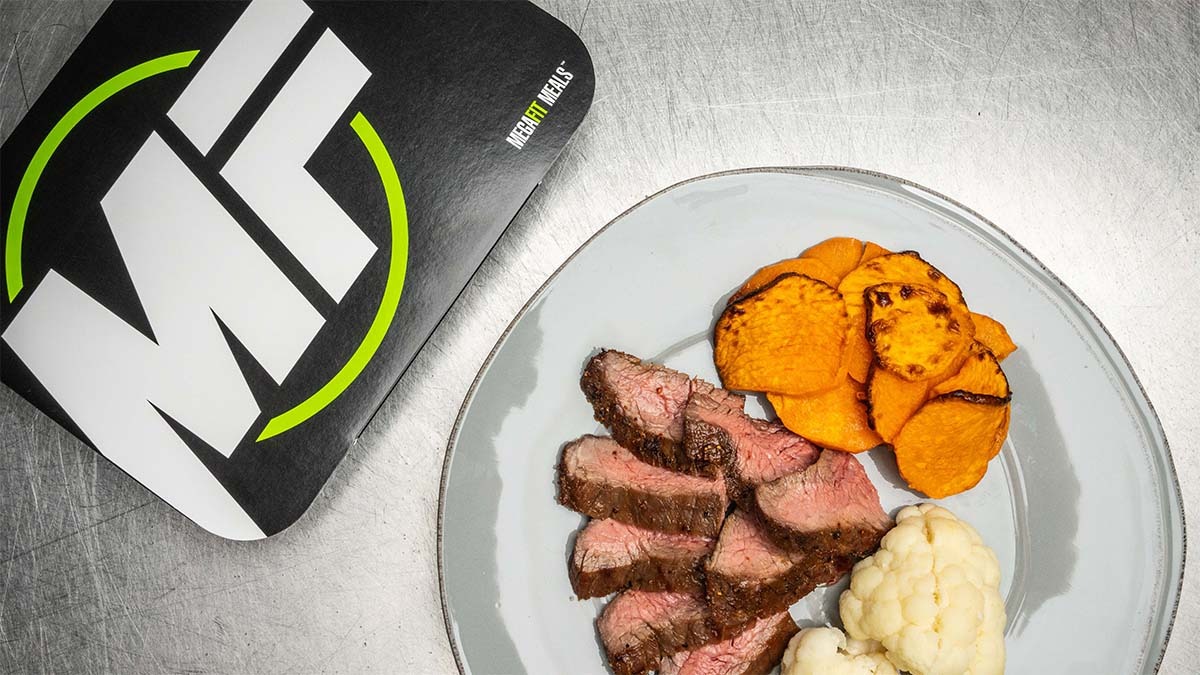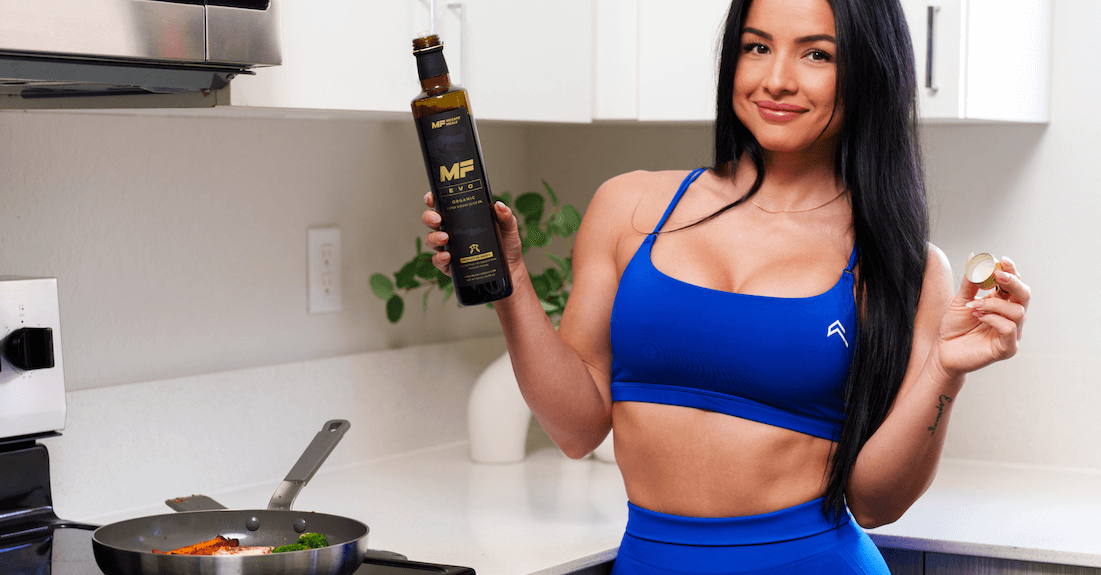There are few personal successes like achieving a weight-loss goal … or more devastating failures than putting those pounds back on.
Losing weight for some is hard enough, let alone keeping it off for the long term (aka. sustainable fat loss). However, it IS possible to trim off fat while simultaneously maintaining or gaining muscle to give your body the desired appearance.
Here are five tips to not only achieve your goal but also keep it.
1. Caloric deficit
It’s simple: If you want to lose weight, your body must be burning more calories than you consume. Using a formula such as Mifflin St. Jeor and activity multipliers is an easy way to calculate daily maintenance calories (the calories you need to consume to maintain your current weight). Then reduce this number by 10-20% to figure your proper caloric intake for a deficit.
2. Consume the right foods
I get it. Processed and sugary foods are delicious. However, focusing on eating whole, natural foods will not only allow the nutritional density of your diet to improve but will also naturally help you control your intake. Aim for lean protein sources (fish, chicken, 90% lean or leaner ground beef, etc.), complex carbohydrates (oats, wild rice, sweet potatoes, etc.), essential fats (nuts, avocado, fatty fish.), and fruits and vegetables.
3. Hit your target protein needs
For optimal results, hitting all your macronutrient targets (protein, carbs, fats) would be ideal, but the MOST important one to focus on is protein. Try to consume 1.2-1.6 grams of protein per pound of lean body mass (LBM). Closer to 1.6 g/lb LBM the leaner you are, and closer to 1.2g/lb LBM the more body fat you have.
4. Don’t eliminate your favorite foods
An all-or-nothing approach is not the route we need to take to create sustainable eating habits. For the best results, your diet should consist of whole, clean foods most of the time, but this doesn’t mean giving up your favorite foods forever. Eliminating all the foods you love is likely to cause you to binge. Instead, aim to get 80-90% of your calories from real foods, and the other can come from your favorite foods. This allows you to hit your calorie goal without feeling deprived.
5. Include satiating foods
A caloric deficit means you’re going to be hungry. You’re intentionally doing this, remember. That said, you can beat the hunger of a caloric deficit by including foods that leave you feeling full. Make sure your meals and snacks have adequate protein. Include high-fiber foods like vegetables and beans. Vegetables are especially great because they are nutrient-packed, low in calories, and trigger stretch receptors in your stomach to increase satiation.






